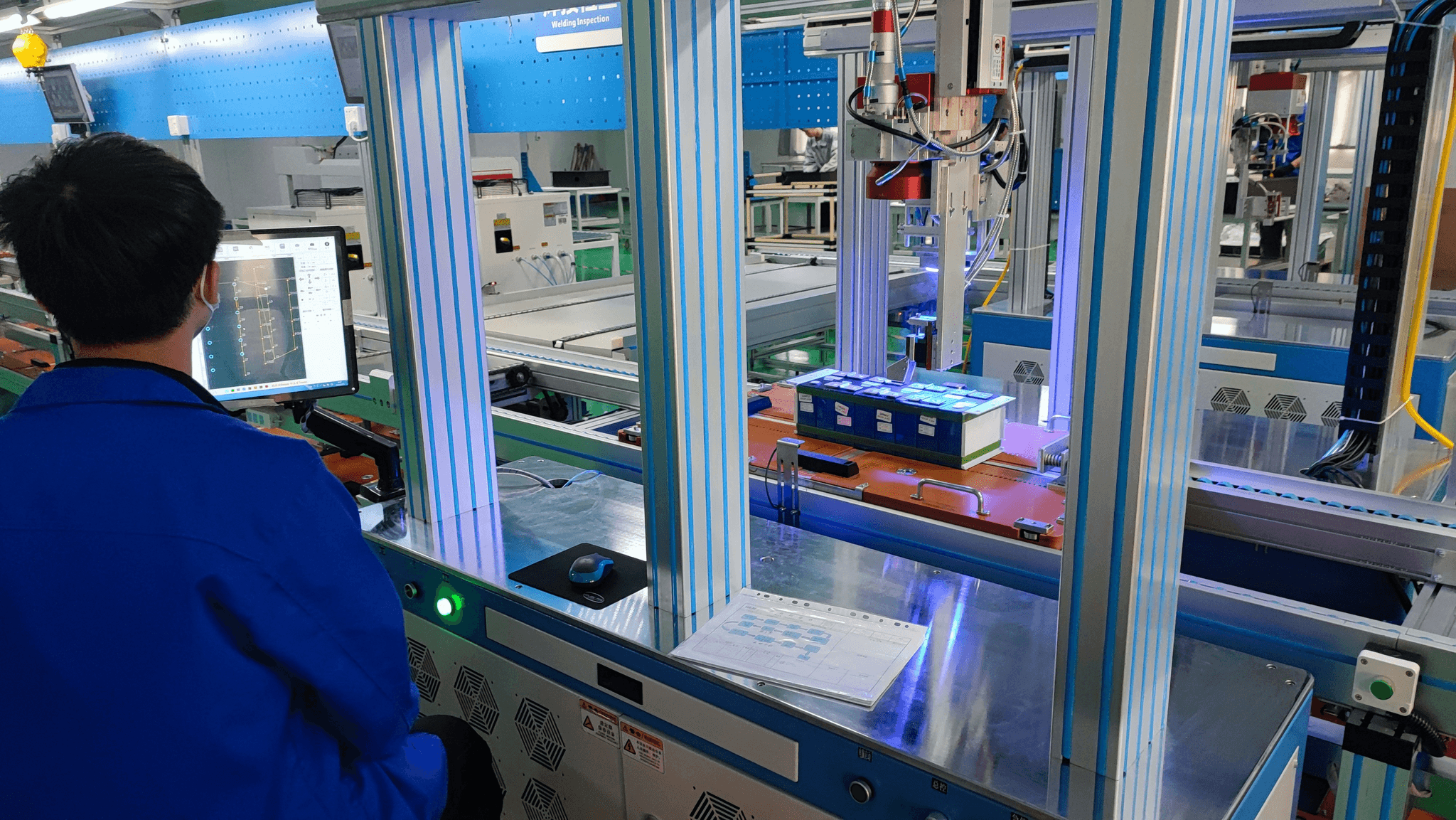Introduction
In today’s competitive landscape, the significance of quality control cannot be overstated. It serves as the backbone of any successful business, ensuring that products and services meet established standards and customer expectations. By implementing effective quality management practices, organizations can enhance their reputation, reduce costs associated with defects, and foster customer loyalty.
Understanding the Importance of Quality Control
Quality control is essential for maintaining high standards in production and service delivery. It involves systematic processes that help identify defects or deviations from desired outcomes, allowing businesses to rectify issues before they escalate. Ultimately, a robust quality control system not only safeguards a company’s reputation but also drives continuous improvement through feedback and analysis.
The Role of Quality Management in Business
Quality management encompasses a range of strategies designed to enhance overall performance by focusing on customer satisfaction and operational efficiency. Through effective quality assurance practices, organizations can minimize errors and ensure consistent delivery of high-quality products or services. This proactive approach fosters a culture of excellence within the workplace while aligning with business goals.
Overview of the 4 Types of Quality Control
There are four primary types of quality control that every organization should be familiar with: quality inspections, statistical quality control, quality assurance testing, and process control techniques. Each type plays a distinct role in ensuring that products meet required specifications while promoting continuous improvement across operations. By understanding these 4 types of quality control, businesses can implement tailored strategies that enhance their overall effectiveness in delivering value to customers.
Quality Control Inspections

Quality control inspections are a crucial aspect of maintaining high standards in manufacturing and production processes. These inspections serve to ensure that products meet specific quality requirements before they reach consumers. By identifying defects early in the production line, businesses can reduce waste, enhance customer satisfaction, and uphold their reputation for quality and assurance.
Definition and Purpose of Quality Inspections
Quality inspections are systematic evaluations conducted to assess whether a product meets predetermined specifications and standards. The primary purpose of these inspections is to catch any deviations from quality before products reach the market, thus ensuring compliance with quality management protocols. By implementing effective quality inspection procedures, companies can prevent costly recalls and maintain trust with their customers.
The Process of Quality Inspection in Manufacturing
The process of quality inspection in manufacturing typically involves several key stages, including incoming material inspection, in-process inspection, and final product evaluation. During incoming material inspection, raw materials are scrutinized for defects or inconsistencies that could affect the final product's quality. In-process inspections occur at various points during production to monitor adherence to established standards while final product evaluations ensure that finished goods meet all necessary criteria before distribution.
Case Study: China Inspection Pro’s Impact
China Inspection Pro has made significant strides in enhancing the effectiveness of quality control through its comprehensive inspection services tailored for various industries. By leveraging advanced technology and skilled quality assurance specialists, they have helped numerous companies improve their manufacturing processes and overall product quality. Their success story illustrates how effective quality inspections can lead not only to enhanced product reliability but also to increased customer loyalty—key components within the framework of the 4 types of quality control.
Statistical Quality Control

Statistical Quality Control (SQC) is a method of using statistical techniques to monitor and control a process, ensuring that it operates at its full potential. By applying SQC, organizations can maintain consistent quality in their products and services while reducing waste and inefficiencies. This approach is integral to the broader framework of quality management, providing businesses with the tools necessary to enhance both quality and assurance.
What is Statistical Quality Control?
At its core, Statistical Quality Control involves the application of statistical methods to assess and improve the quality of processes and outputs. It allows organizations to identify variations in production that may lead to defects or failures, enabling proactive measures before issues escalate. By integrating SQC into their operations, companies can enhance their overall quality control efforts as part of the four types of quality control.
Techniques Used in Statistical Quality Control
Several techniques are employed within Statistical Quality Control to ensure effective monitoring and improvement of processes. Common methods include control charts, which track data over time to identify trends or variations; process capability analysis, assessing how well a process meets specified limits; and acceptance sampling, determining whether a batch meets predetermined criteria for quality inspection. These techniques empower quality assurance specialists to make informed decisions about product reliability and performance.
Benefits of Implementing Statistical Methods
Implementing statistical methods in quality management offers numerous benefits that extend beyond mere compliance with standards. First, it fosters a culture of continuous improvement by providing actionable insights into process performance over time—leading to better decision-making regarding resource allocation and operational adjustments. Additionally, organizations that embrace SQC often experience reduced costs associated with defects and rework while enhancing customer satisfaction through consistent delivery of high-quality products—a win-win situation for all involved!
Quality Assurance Testing

Quality assurance testing is a critical aspect of quality management that ensures products meet specified requirements before they reach the consumer. Unlike quality control, which focuses on identifying defects in finished products, quality assurance emphasizes preventing defects through systematic processes. Understanding this distinction is essential for businesses aiming to implement the 4 types of quality control effectively.
Difference Between Quality Control and Quality Assurance
Quality control and quality assurance are often mistaken for one another, but they serve different purposes in the realm of quality management. Quality control is reactive; it involves inspecting finished products to ensure they meet certain standards, while quality assurance is proactive, focusing on improving processes to prevent defects from occurring in the first place. This fundamental difference highlights how both elements work together to enhance overall product quality and assure customer satisfaction.
Common Methods of Quality Assurance Testing
There are several common methods employed in quality assurance testing that help maintain high standards throughout production processes. These include process audits, where procedures are evaluated against established benchmarks, and automated testing techniques that streamline evaluation and increase accuracy. Additionally, continuous integration testing allows for ongoing assessments during development phases, ensuring that issues can be identified early and resolved before reaching the final stages of production.
How Quality Assurance Specialists Ensure Excellence
Quality assurance specialists play a vital role in maintaining excellence within an organization by implementing robust testing protocols and fostering a culture of continuous improvement. They utilize various tools—such as checklists and performance metrics—to monitor compliance with established procedures while also providing training to ensure all team members understand their roles in maintaining product integrity. By combining these strategies with regular reviews of industry best practices, quality assurance specialists help organizations achieve their goals related to the 4 types of quality control.
Process Control Techniques

Process control is a crucial aspect of quality management that ensures products and services meet defined standards consistently. By monitoring and adjusting processes, organizations can maintain quality while minimizing waste and inefficiencies. Understanding how process control fits into the broader framework of the 4 types of quality control is essential for any business aiming for excellence.
Understanding Process Control in Quality Management
In the realm of quality management, process control refers to the methods used to monitor, measure, and adjust processes to ensure they remain within established parameters. This proactive approach helps identify variations that could lead to defects or inconsistencies in product quality. By integrating process control with other forms of quality assurance, businesses can enhance their overall effectiveness in maintaining high standards.
Effective process control requires a deep understanding of both the processes involved and the desired outcomes. Quality assurance specialists often utilize statistical methods to analyze data from these processes, ensuring that any deviations are addressed promptly. Ultimately, this leads to improved efficiency and reliability across all operations.
Tools and Strategies for Effective Process Control
To implement effective process control techniques, businesses rely on various tools and strategies designed to monitor performance continuously. One popular method is Statistical Process Control (SPC), which uses statistical techniques to track process behavior over time. This allows companies to detect trends or shifts that may indicate potential issues before they escalate into significant problems.
Other tools include Control Charts, which visually represent data points over time against predetermined limits, helping teams quickly identify outliers or variations in performance. Additionally, employing methodologies like Six Sigma or Lean Manufacturing can streamline processes further by eliminating wasteful practices while emphasizing continuous improvement—a core principle of both quality assurance and overall operational excellence.
Quality inspection also plays a vital role in this context; it ensures that products meet established specifications at various stages throughout production. By combining these tools with regular training for employees on best practices in quality management, organizations can foster a culture focused on achieving high-quality outcomes consistently.
Examples of Successful Process Control Implementation
Numerous industries have successfully implemented robust process control techniques leading to remarkable improvements in quality management outcomes. For instance, automotive manufacturers often employ sophisticated SPC methods during assembly lines to ensure every vehicle meets safety regulations while minimizing defects—an essential aspect when considering customer satisfaction and brand reputation.
In the pharmaceutical sector, companies utilize stringent process controls during drug production to comply with regulatory standards while ensuring product efficacy and safety—essential elements where quality assurance testing becomes paramount before market release. These examples illustrate how effectively managing processes not only enhances product integrity but also builds trust between consumers and brands through consistent delivery of high-quality products.
Moreover, organizations such as Boeing have demonstrated how successful integration of advanced technologies like automation alongside traditional process controls can lead to increased efficiency without sacrificing product quality—showing that when it comes down to it; effective quality management hinges on understanding both human factors and technological advancements working hand-in-hand.
Conclusion
In the ever-evolving landscape of business, understanding the 4 types of quality control is crucial for maintaining high standards and ensuring customer satisfaction. Quality management encompasses various strategies, including quality inspections, statistical quality control, quality assurance testing, and process control techniques. Each of these components plays a vital role in creating a robust framework that businesses can rely on to deliver excellence consistently.
Recap of the 4 Types of Quality Control
The 4 types of quality control—quality inspections, statistical quality control, quality assurance testing, and process control—form the backbone of effective quality management systems. Quality inspections help identify defects before products reach consumers, while statistical methods provide data-driven insights to enhance processes. Quality assurance specialists focus on proactive measures to ensure that products meet established standards throughout their lifecycle.
Importance of Quality Assurance in Industry
Quality assurance is essential in today’s competitive market as it not only safeguards product integrity but also builds trust with consumers. By implementing rigorous quality assurance testing protocols, companies can mitigate risks associated with product failures and recalls. Ultimately, a strong commitment to quality management fosters brand loyalty and drives long-term success in any industry.
Final Thoughts on Effective Quality Management
Effective quality management is an ongoing journey rather than a destination; it requires continuous improvement and adaptation to changing market demands. By embracing the 4 types of quality control and prioritizing both quality and assurance at every stage of production, businesses can achieve operational excellence. In conclusion, investing in comprehensive quality management practices will not only enhance product reliability but also contribute significantly to overall business growth.
